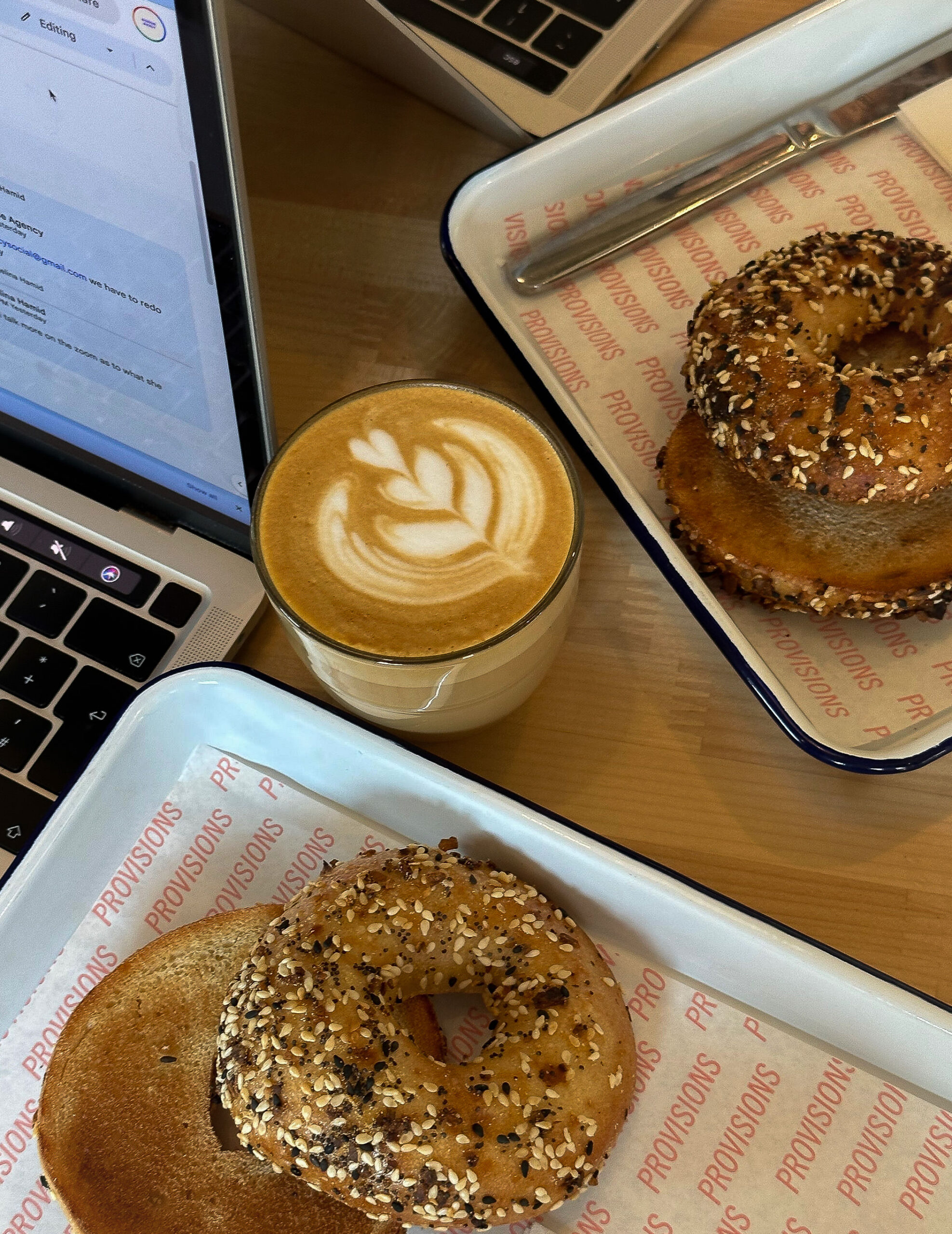Navigating the Spectrum: Mindless Eating vs. Distracted Eating in the Context of Mental Health

Written By:
Category:
Ryann Nicole
In our fast-paced world, the way we approach food has evolved, often without us even realizing it. Two terms that are frequently used in discussions about eating habits are mindless eating and distracted eating. While they may sound similar, they represent distinct behaviors, each with its own set of consequences and potential benefits.
The Difference Between Mindful and Mindless Eating
Mindless Eating
Mindless eating refers to the act of consuming food without paying full attention to the experience. It involves eating on autopilot, often driven by habit, emotions, or external cues rather than genuine hunger. This type of eating behavior is associated with various challenges, such as emotional eating, binge eating, and a lack of awareness of fullness cues.
Mindful Eating
On the other end of the spectrum, mindful eating encourages individuals to cultivate a heightened awareness of the eating experience. It involves being present in the moment, savoring each bite, and paying attention to hunger and fullness cues. Mindful eating has been shown to be beneficial for managing emotional eating, binge eating, and addressing issues related to overeating.
So Then What Is Distracted Eating?
Distracted eating falls in between mindless and mindful eating. It involves consuming food while engaging in other activities, such as watching TV, working, or scrolling through social media. While this behavior may seem counterproductive, it can serve as a helpful strategy for individuals facing specific challenges.
Distracted Eating vs. Mindful Eating
When It’s Helpful To Eat Distracted
- If You Struggle With Food Aversions and Sensory Issues: Distracted eating can be a useful tool for individuals with food aversions or sensory issues. Focusing on an activity while eating may help to minimize the sensory experience of certain foods, making it easier for those with sensitivities to include a broader range of foods in their diet.
- If You Struggle With Restrictive Eating Disorders: For individuals recovering from restrictive eating disorders, distracted eating can offer a less intimidating way to reintroduce foods. By engaging in an activity while eating, the focus shifts away from the food itself, reducing anxiety associated with specific food choices.
- If You Struggle With Food Anxiety and Lack of Hunger Cues: Distracted eating can also be beneficial for those struggling with food anxiety or a lack of hunger cues. By engaging in a secondary activity, individuals may find it easier to eat in a more relaxed manner, allowing their body to recognize and respond to hunger cues.
When It’s Helpful To Eat Mindfully
- If You Struggle With Emotional Eating and Binge Eating: Mindful eating provides a valuable tool for addressing emotional eating and binge eating by promoting awareness of the underlying emotions and triggers associated with these behaviors. By staying present during the eating experience, individuals can develop healthier coping mechanisms.
- If You Struggle With Lack of Fullness Cues: For those who struggle with recognizing feelings of fullness, mindful eating helps to reconnect with bodily signals. Being attuned to the sensations of satisfaction and fullness can prevent overeating and contribute to a more balanced approach to food consumption.
The spectrum of eating behaviors, from mindless to mindful, offers a nuanced understanding of how our habits can impact both our physical and mental well-being. While mindful eating is often championed for its positive effects on emotional and binge eating, distracted eating can be a beneficial strategy for individuals facing unique challenges such as food aversions, restrictive eating disorders, sensory issues, food anxiety, and a lack of hunger cues. Ultimately, finding a balance that suits individual needs and promotes a healthy relationship with food is key in navigating the complex landscape of eating behaviors.
Keep Reading
Practicing the Add-In Method with Donuts
The Pitfalls of Calorie Counting in Binge Eating Recovery: A Detriment to True Healing
Your Guide To Getting Started With Intuitive Eating: What It Is And How To Do It
Ryann Nicole
Licensed Therapist, Certified Nutritionist, and Virtual Wellness Coach
Ryann is a licensed therapist and virtual wellness coach who has assisted individuals worldwide in establishing a healthier relationship with food and their bodies.
Are You Ready to Heal Your Relationship With Food?
I understand—it can be overwhelming to figure out where to begin. Let's simplify things and have you start right here:
Why Am I Overeating?
First Steps To Stop Binge Eating
The Food Freedom Lab Podcast
FREE QUIZ
FREE GUIDE
Podcast
the food freedom lab podcast




